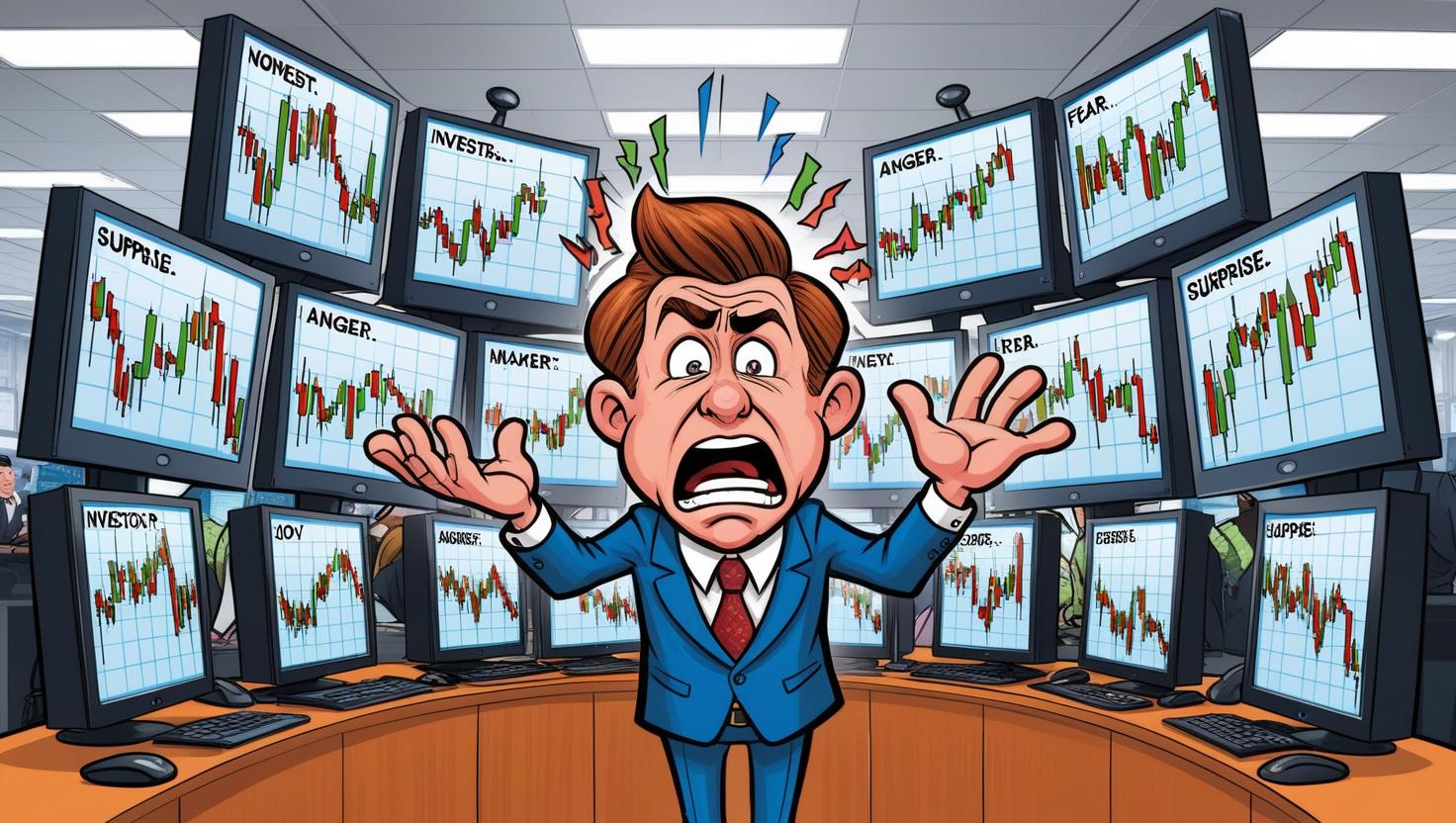05-02-2025
Behavioral Finance & Money Psychology
Behavioral Finance: How Emotions Impact Your Investments
Introduction
Investing is often thought of as a logical and numbers-driven activity, but in reality, emotions and psychological biases play a significant role in financial decisions. Behavioral finance, a field that blends psychology and economics, examines how human behavior impacts investment choices and market outcomes. Understanding these behavioral biases is essential for making rational investment decisions and avoiding costly mistakes. This article explores the key principles of behavioral finance, common biases, and strategies to mitigate their impact on your investments.
What is Behavioral Finance?
Behavioral finance studies how psychological factors and cognitive biases influence financial decisions. Unlike traditional finance, which assumes investors are rational and markets are efficient, behavioral finance acknowledges that emotions, heuristics, and social influences often lead to irrational behavior.
For example, during market booms, investors may exhibit herd behavior, buying overpriced assets out of fear of missing out (FOMO). Similarly, during downturns, panic selling can drive prices far below intrinsic values.
Key Behavioral Biases in Investing
- Overconfidence Bias:
Investors often overestimate their knowledge or ability to predict market movements, leading to excessive trading and poor diversification. For instance, a trader who has successfully picked a few winning stocks may believe they can consistently outperform the market. - Loss Aversion:
People feel the pain of losses more intensely than the joy of equivalent gains. This bias often leads to holding onto losing investments for too long or selling winning investments prematurely. - Herd Behavior:
Following the crowd, especially during market rallies or crashes, can result in buying high and selling low. For example, the dot-com bubble saw investors flocking to tech stocks without evaluating their fundamentals. - Anchoring Bias:
Investors fixate on a specific piece of information, such as the purchase price of a stock, and let it overly influence their decisions, even when the context changes. - Recency Bias:
Overemphasis on recent events leads investors to assume that past performance will continue indefinitely. For example, after a bull market, investors might ignore potential risks. - Confirmation Bias:
Seeking information that supports existing beliefs while ignoring contradictory evidence can lead to skewed decision-making. For instance, an investor bullish on a stock may only read positive news about it. - Mental Accounting:
Treating money differently based on its source or intended use. For example, people might take more risks with a tax refund than with their regular income.
Examples of Behavioral Finance in Action
- The 2008 Financial Crisis:
Loss aversion and herd behavior played a significant role in the crisis. Investors sold assets in a panic, driving markets down further. - Cryptocurrency Mania:
FOMO and overconfidence led many investors to pour money into cryptocurrencies during their meteoric rise, often without understanding the technology or risks.
How Behavioral Biases Impact Investment Decisions
Behavioral biases can lead to:
- Suboptimal Portfolio Management: Overconfidence may result in overtrading, increasing transaction costs and reducing returns.
- Poor Risk Management: Loss aversion may prevent diversification or lead to excessive allocation in low-risk assets.
- Missed Opportunities: Herd behavior and recency bias can cause investors to buy high and sell low, missing long-term growth opportunities.
Strategies to Overcome Behavioral Biases
- Educate Yourself:
Understanding the principles of behavioral finance can help you recognize biases in your decision-making. - Set Clear Goals:
Define your financial objectives and stick to a long-term strategy to avoid impulsive decisions. - Diversify Your Portfolio:
Reduce risk by spreading investments across asset classes and geographies. - Automate Investments:
Use tools like systematic investment plans (SIPs) to avoid emotional reactions to market volatility. - Seek Professional Advice:
Financial advisors can provide objective perspectives and help counteract emotional decision-making. - Regularly Review and Rebalance:
Periodic reviews can help you stay aligned with your financial goals and mitigate the impact of biases.
The Role of Behavioral Finance in Market Trends
Behavioral finance helps explain market anomalies like bubbles and crashes. For example, irrational exuberance, driven by herd behavior and overconfidence, often inflates asset prices beyond their intrinsic value, leading to bubbles. Conversely, panic selling during downturns creates buying opportunities for rational investors.
Conclusion
Behavioral finance sheds light on the psychological factors that drive investment decisions, often leading to irrational behavior and suboptimal outcomes. By understanding and addressing these biases, investors can make more rational decisions, achieve better financial results, and navigate market fluctuations with confidence. Remember, successful investing is not just about analyzing numbers; it’s about mastering your emotions and maintaining discipline.
Sources

